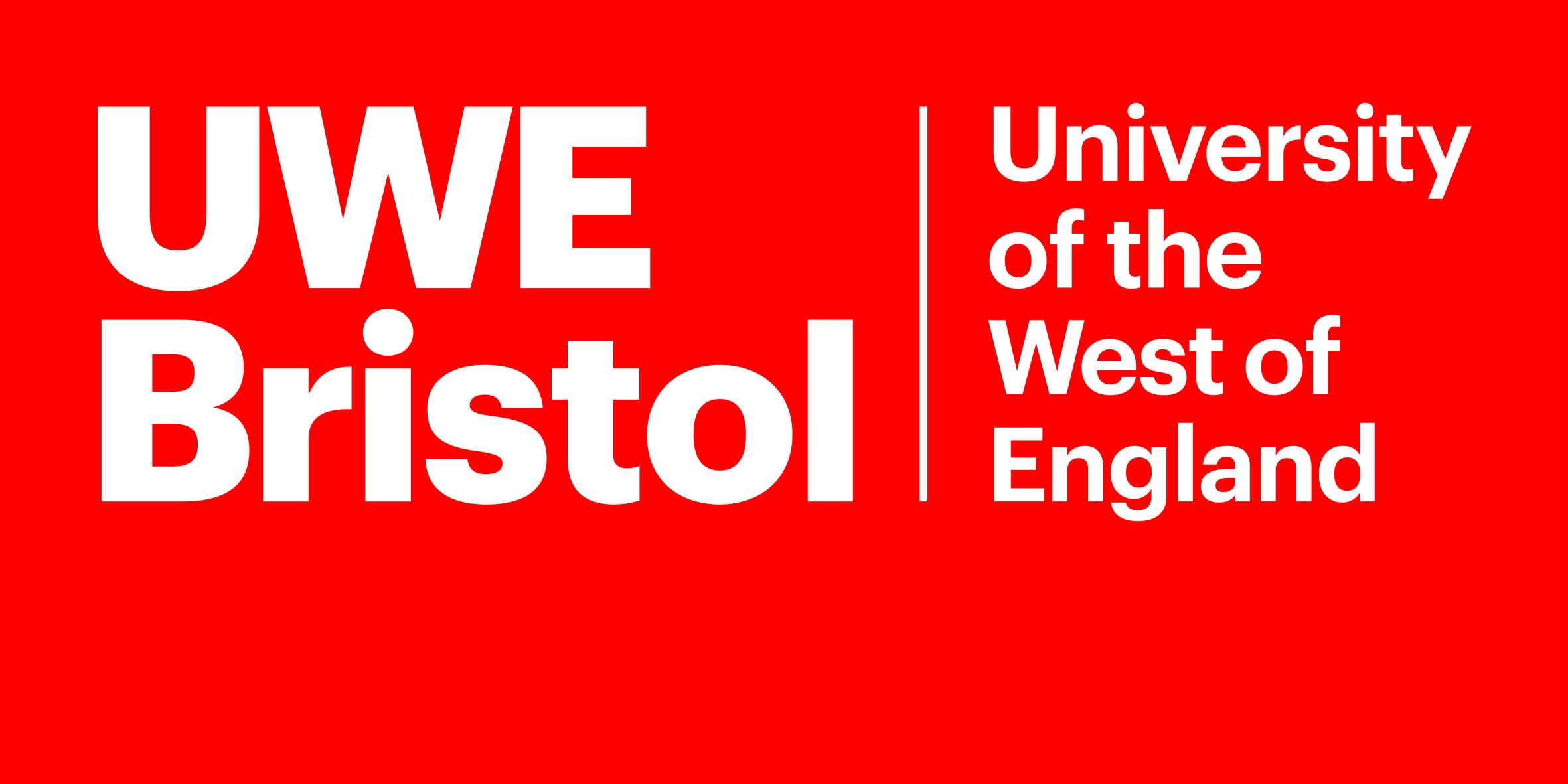Elena Marco-Burguete Elena.Marco@uwe.ac.uk
PVC, Head of the College of Arts, Technology and Environment
Architects’ ‘enforced togetherness’: New design affordances of the home
Marco, Elena; Tahsiri, Mina; Sinnett, Danielle; Oliveira, Sonja
Authors
Dr Mina Tahsiri Mina.Tahsiri@uwe.ac.uk
Senior Lecturer in Architecture
Dr Danielle Sinnett Danielle.Sinnett@uwe.ac.uk
Professor in Healthy Green Infrastructure
Elena Marco-Burguete Elena.Marco@uwe.ac.uk
PVC, Head of the College of Arts, Technology and Environment
Abstract
Lockdown impositions have impacted people’s lives, their health and wellbeing, changing the ways in which dwellings are used and occupied. Spaces within the home have had to be rapidly renegotiated, redesigned and resynchronised in ways not yet fully explored or understood. Social relationships in the home have shifted and adapted as a result of ‘enforced togetherness’. This study presents a rich snapshot of 23 UK designer-architects’ transformative lived experiences of lockdown, using an interpretative phenomenological approach. It identifies four critical socio-spatial affordances that are rooted in the physical and mental wellbeing of the architects/designers. ‘Individuality’ suggests the need for increased physical separation to be alone. ‘Communality’ denotes a need for household members to be together. Both individuality and communality are seen as two opposite dimensions of the socio-spatial affordance of the home. ‘Adaptability’ points to requirements for flexible, decluttered and versatile spaces to enable ‘vibrancy’ not ‘suffocation’. Finally, ‘connectivity’ encompasses the need for a strong connection between the indoors and outdoors. These dimensions must be considered in housing design, so new housing models can emerge. The use of interpretative phenomenological analysis, employing the architectural tool of drawing, is shown to be a useful approach for housing research. PRACTICE RELEVANCE The impact on households’ wellbeing as a consequence of Covid-19 lockdowns has led to new considerations for future housing design. In a post-Covid environment, the particular needs for housing have been transformed. The findings and insights from this study will help to reframe the existing conventions of housing design criteria (e.g. a reliance on defining space functions) toward a clearer set of qualities for inhabitant and household wellbeing. New housing criteria involving socio-spatial affordances of individuality, communality, adaptability, and connectivity are shown to be viable and highly appropriate. These new dimensions highlight how inhabitants’ wellbeing can be included in viable and affordable housing.
| Journal Article Type | Article |
|---|---|
| Acceptance Date | Feb 17, 2022 |
| Online Publication Date | Mar 24, 2022 |
| Publication Date | Mar 24, 2022 |
| Deposit Date | Mar 31, 2022 |
| Publicly Available Date | Apr 5, 2022 |
| Journal | Buildings and Cities |
| Electronic ISSN | 2632-6655 |
| Peer Reviewed | Peer Reviewed |
| Volume | 3 |
| Issue | 1 |
| Pages | 168-185 |
| DOI | https://doi.org/10.5334/bc.189 |
| Keywords | adaptability, affordance, Covid-19, design, flexibility, housing, lockdown, phenomenology |
| Public URL | https://uwe-repository.worktribe.com/output/9278089 |
Files
Architects’ ‘enforced togetherness’: New design affordances of the home
(3.5 Mb)
PDF
Licence
http://creativecommons.org/licenses/by/4.0/
Publisher Licence URL
http://creativecommons.org/licenses/by/4.0/
You might also like
Remembering the Avonmouth mustard gas factory
(-0001)
Physical Artefact
Healthy housing
(2015)
Book Chapter
What do we say we teach about energy? Viewed through the lens of UK architecture undergraduate education
(2015)
Presentation / Conference Contribution
Converging, combining, crystallising: Towards a polymorphic design studio
(2015)
Presentation / Conference Contribution
Sustainable Development Studies
(2018)
Book
Downloadable Citations
About UWE Bristol Research Repository
Administrator e-mail: repository@uwe.ac.uk
This application uses the following open-source libraries:
SheetJS Community Edition
Apache License Version 2.0 (http://www.apache.org/licenses/)
PDF.js
Apache License Version 2.0 (http://www.apache.org/licenses/)
Font Awesome
SIL OFL 1.1 (http://scripts.sil.org/OFL)
MIT License (http://opensource.org/licenses/mit-license.html)
CC BY 3.0 ( http://creativecommons.org/licenses/by/3.0/)
Powered by Worktribe © 2025
Advanced Search
